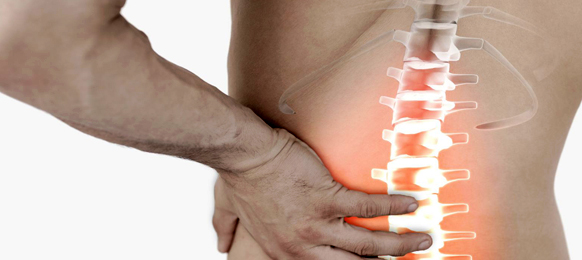The disc often presses on a nerve root which can cause pain and other symptoms in a leg. In most cases, the symptoms ease off gradually over several weeks. The usual advice is to carry on as normal as much as possible.
Painkillers may help. Physical treatments such as spinal manipulation may also help. Surgery may be an option if the symptoms persist. When you have a ‘slipped’ (prolapsed) disc, a disc does not actually slip. What happens is that part of the inner softer part of the disc (the nucleus pulposus) bulges out (herniates) through a weakness in the outer part of the disc.


